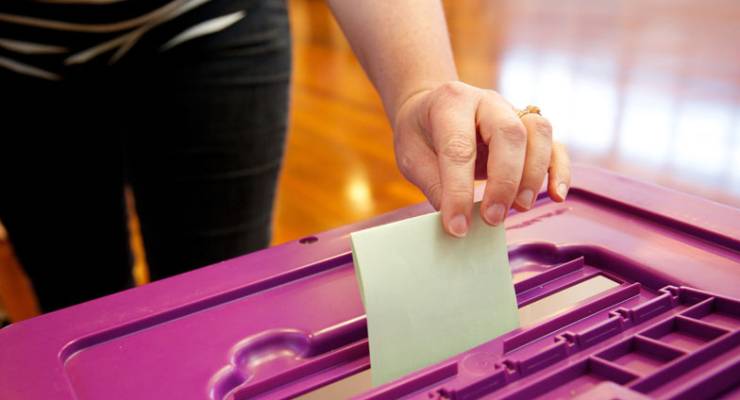
This election, the victory and concession speeches we still expect to hear on election night came eight days later.
In a bid to avoid the days of uncertainty — which we don’t doubt were unpleasant for Malcolm Turnbull and Bill Shorten — both leaders have urged the nation to look at electronic voting.
“We’re a grown-up democracy, it shouldn’t take eight days to find out who’s won,” said Shorten. Turnbull, ever the innovator, agreed, saying it was something that “we must look at”.
But we have looked at it, many times. And there’s reasons the AEC persists with the paper system.
There’s no doubt we’ll be voting electronically eventually. One can envision a day when most Australians no longer know how to hold a pencil. But that day is decades off. In the meantime, what we have is a range of electronic voting schemes, all shown to have flaws the old-fashioned but relatively accurate paper vote does not. When the NSW Electoral Commission rolled out electronic voting in the 2015 state election, cryptography academics Vanessa Teague and Alex Halderman discovered a vulnerability that meant votes could be altered and manipulated. They alerted the commission, which fixed the issue, but only after polls had been open for several days and 66,000 votes had been cast. And as an expert in election technology points out in Crikey today, even the semi-automated Senate count being done for the first time this election has its weaknesses.
The public blames the AEC for the wait. But imagine the outrage if, days, weeks or months after the result was announced, it was discovered that the system had been hacked, had counted wrong, or otherwise been compromised. We will stick with our pencils for now.







Crikey is committed to hosting lively discussions. Help us keep the conversation useful, interesting and welcoming. We aim to publish comments quickly in the interest of promoting robust conversation, but we’re a small team and we deploy filters to protect against legal risk. Occasionally your comment may be held up while we review, but we’re working as fast as we can to keep the conversation rolling.
The Crikey comment section is members-only content. Please subscribe to leave a comment.
The Crikey comment section is members-only content. Please login to leave a comment.